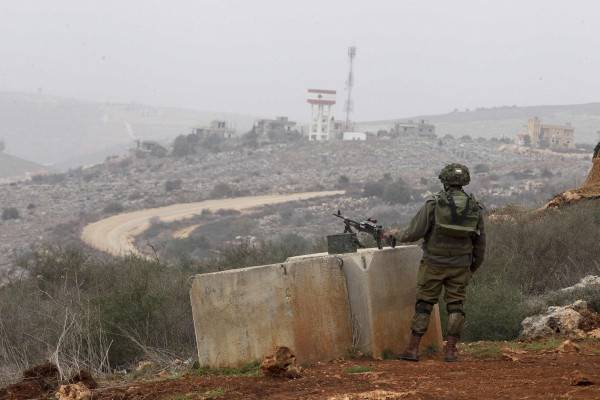The Armistice Agreement between Lebanon and Israel was signed on March 23, 1949, at Ras Naqoura. It was signed by Lebanese representatives Major Tawfiq Salem and Major Joseph Harb, and Israeli representatives Major Mordechai Maklev and Yunosha Beilman and Shabtai Rosen, in the presence of international mediator Ralph Bunche. The agreement includes an introduction, eight articles, and an annex titled "Definition of Defensive Forces."
**Article 1:** Both Lebanon and Israel commit to fully adhering to the Security Council's order not to resort to military force to resolve the Palestinian issue, refraining from taking or threatening any hostile action against the other side's people or forces. Each side's right to security and freedom from fear of armed attacks by the other side's forces must be fully respected.
**Article 2:** Both parties recognize that no military or political benefit should result from the armistice ordered by the Security Council, and they acknowledge that no clause in the agreement should prejudice either party's rights, claims, or positions concerning any peaceful settlement of the Palestinian issue.
**Article 3:** Both parties undertake that none of their military forces - including irregular troops - will engage in hostilities or acts of aggression against the forces of the other side or against civilians in the other side’s territories, nor will they cross the armistice line as defined in Article 5, enter the airspace of the other party, or pass through or enter waters within three miles from the other's coast. Both sides also commit to not engaging in hostile acts from their supervised areas against the other party.
**Article 4:** This article describes the purpose behind establishing the permanent armistice line, which armed forces of the involved parties must not exceed.
**Article 5:** The military defensive forces referred to include:
1. For Lebanon:
(a) Two battalions and two companies of the Lebanese regular army, one field battery of four guns, one company with 12 light armored vehicles equipped with machine guns, and six light tanks armed with light guns (totaling 1500 officers and soldiers).
(b) No other military forces should be stationed south of the general line of Qasameh, Nabatiyeh, and Hussa.
2. For Israel:
(a) One infantry battalion, one support company with six mortars, six machine guns, one reconnaissance company with six armored vehicles, six armored jeeps, one field artillery battery of four guns, one engineer platoon, and service units such as supply and equipment, totaling no more than 1500 officers and soldiers.
(b) No other military forces should be stationed north of the general line of Nahariya, Tarshiha, Gash, and Marous.
The article also asserts that there should be no restrictions on the movement of either side regarding the supply or movement of these defensive forces behind the armistice line. The armistice line is defined as the international border between Lebanon and Palestine, with both sides' armed forces consisting of defensive forces detailed in the annex. The article stipulates the removal of mines from mined roads and areas abandoned by either party, with maps of minefields to be submitted to the other side within ten days of signing the agreement.
**Article 6:** This article outlines the mechanism for prisoner exchanges, including war prisoners who are facing criminal charges as well as those convicted of crimes or violations of laws, and includes cooperation to locate missing persons.
**Article 7:** This article defines the operational procedure of the Armistice Commission, including the process for raising claims.
**Article 8:** The final article grants both parties the right to suspend this agreement or any of its provisions at any time, except for Articles 1 and 3, or to revisit (under the supervision of the UN Secretary-General) towards presenting the matter to the Security Council.




